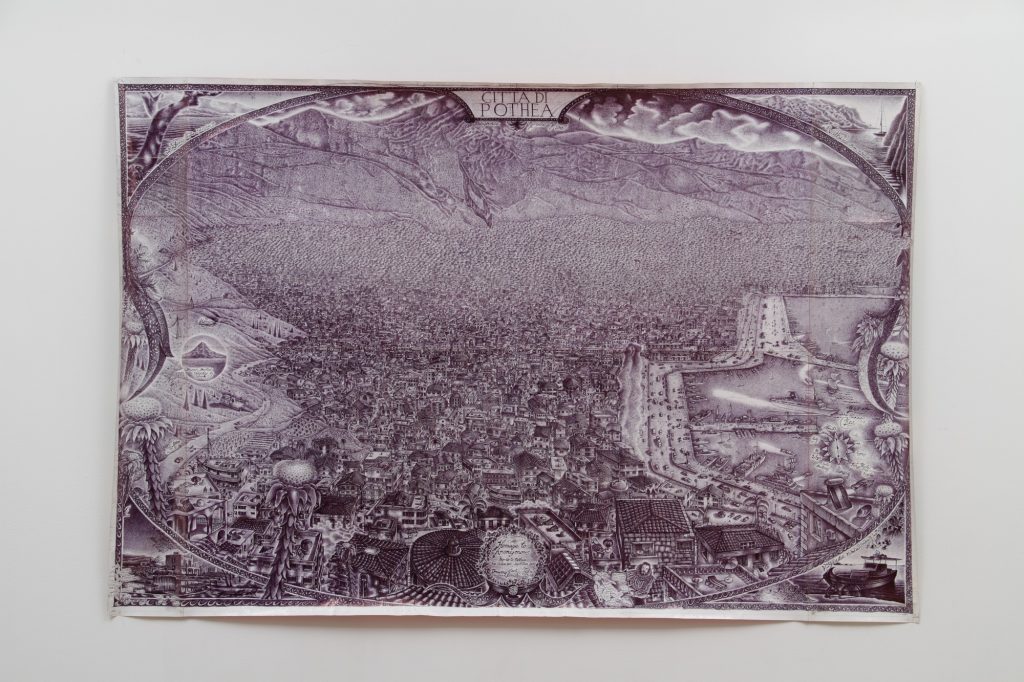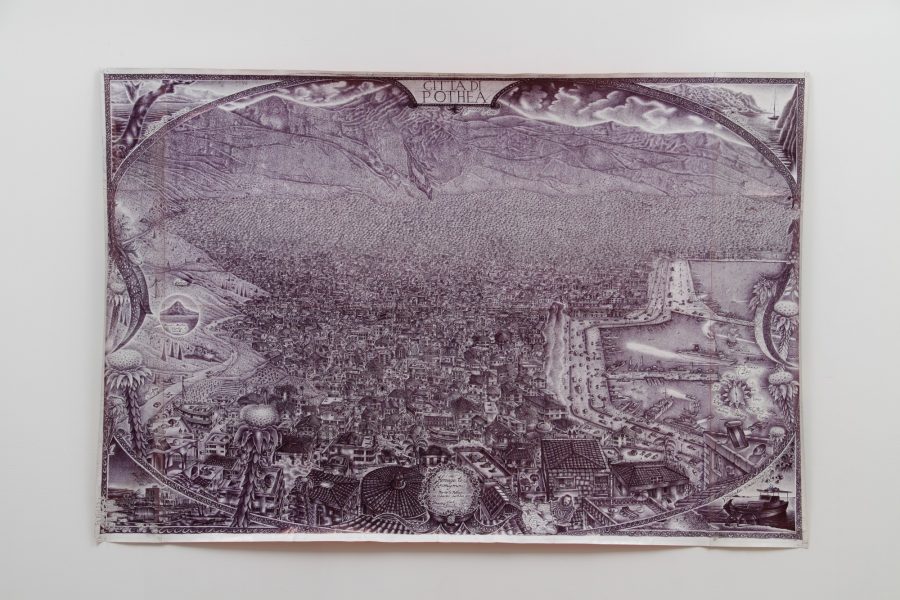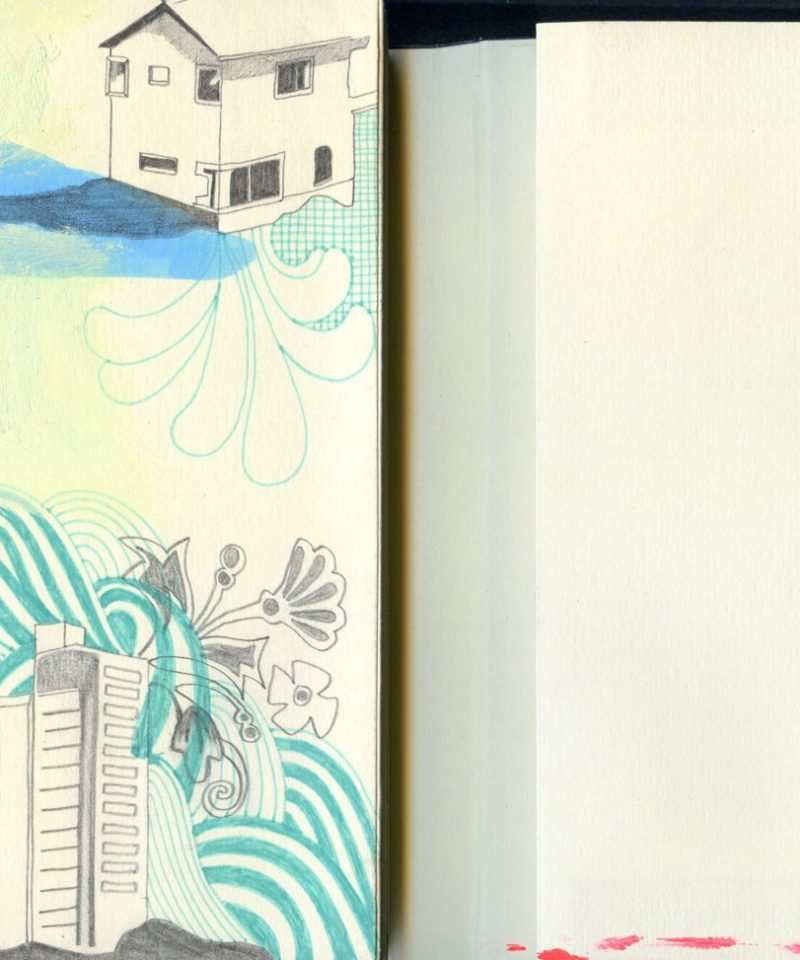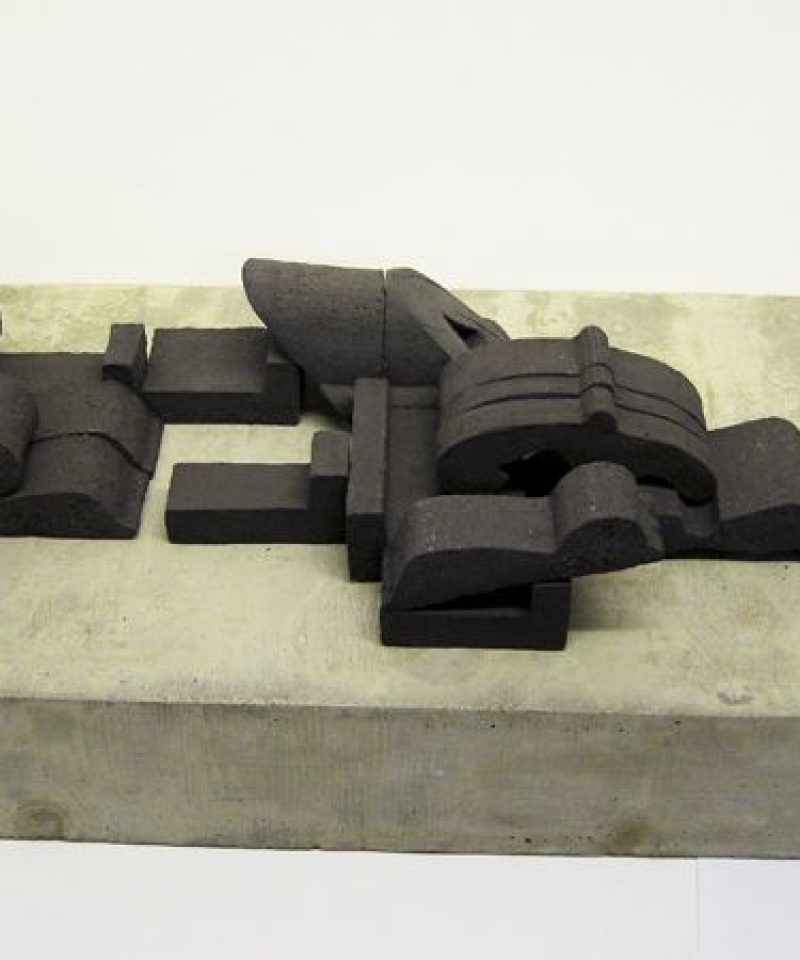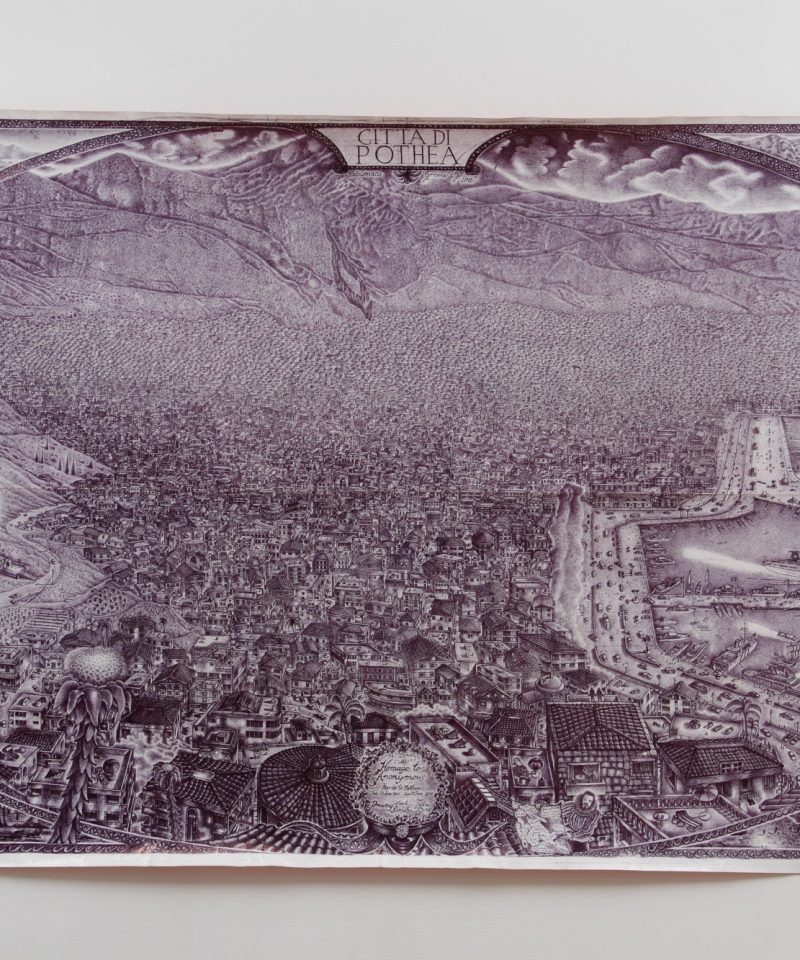Aside from Iwona Blazwick’s own categories she set out earlier in the week, I had a few tendencies I wanted to look at in more detail, the first of which under the vague theme of ‘action.’ This is inspired mainly by the winners of the prizes, particularly that of Gary Lawrence and Jessie Brennan as I had mentioned in my first post, in remarking on the size and detail of both the pieces. Similarly, when I did a cursory glance at previous winners, there was a slight reinforcement there (though I was looking for it) with half of those being quite large and intricate works, as if to say ‘size does matter.’ On one hand, it makes me think of a comment made by friend on last week’s Frieze fair – that generally if a work is large and shiny, it’ll sell. Though Brennan when I spoke to her also made the point that the prize choices are more about what we ask of drawing at the moment, and with a rise in conceptual and other practices that veer away from if not the object then making, it would seem that we ask drawing to remain largely in its traditional role of a hand-made medium, and to give us abundant proof of that. Maybe when I was questioning the endangerment of drawing earlier in the week that’s it, that possibly it is starting to be grouped more with craft practices. (Maybe that’s just in a critical, discursive sense, but as note there do seem to be anxieties around that postulated shift.)
But it’s not just these surface or semantic issues I want to deal with, as the idea of ‘action’ in some of these drawings is linked to all kinds of other things; or more, I’d rather look at what these drawings mean in themselves than try and take on zeitgeist shifts beyond my grasp. Particularly, the work of Lawrence and Brennan, but also that in the show of Hilary Ellis, Liz Bailey, and Fran Richardson. It’s not just, as Drawing Prize co-founder Paul Thomas said in his q&a with the winners a few weeks ago, quickly summing them up with, “They’ve all got a sense of place, and they’re all black and white.” It’s more the link between time, effort, and scale.
Liz Bailey’s Bonsai… is over 2m high, a faint but intricately detailed portrait of an uprooted tree. As the title tells us it’s a bonsai, there’s definitely a magnification going on here. Bonsai is a pruning practice, a control of any number of species of tree, producing a growth in miniature towards a meditative end. The trunk here floats in space, tangled with smaller twigs still laden with withered leaves. As if to emphasize the amount of work gone into this, Bailey includes on her website images of the mounds of shavings and shortened pencils left by the process of producing the work, perhaps in the same way press on Lawrence’s Homage to Anonymous has focused on the amount of pens he used, as well as his own notation on the framing device at the bottom of the piece that it was begun on the 5 October 2010, and finished 12 June 2011.
Hilary Ellis’ Penance 1, 2011 makes that sense of painstaking effort more literally present, tying it with the title to religious and ritualistic practices. Looking at first like a series of staple marks left on a plastic surface, up close it reveals itself as countless perforations, with tiny blue beads held in place with string, sewn through the thick material. It sits somewhere between a sort of computer chip board cast as an anthropological alien artifact, and an obsessive from of punishment.
Fran Richardson’s Drawing Room, 2011 is a more serene scene, a detailed charcoal drawing of an empty parlour with heavy, draped doorways out of the carpeted room. Inside the arched doorways is simply blank, as if a way out of the room is an escape from the drawing space itself. But hers perhaps more than any of the others emphasizes that what a large, detailed drawing gives you is that sense of space, a place to enter into that has its own sense of time. Brennan’s 5m long Cut drawing creates a miraculous world of a mini cosmology, a boat that contains all forms of small people and events on it, and our journey along the barge is also the pockets of moments we notice along the way. The use of a sort of Swiftian device is an analogue for the not just the physical time she spent drawing the piece, but also the investment in the making of it. Devised from a series of interviews and oral histories, that can be heard here, Brennan’s time spent with her subject(s) is translated into the swirls and pockets of time hidden all along her piece.
Part of me feels it’s quite ‘old fashioned’, for drawing to be just an intense looking, that then becomes a long term making. But then that does, on the flip side, also ask a long term looking from the audience. Perhaps not always scale-wise, but more in Baroque architecture sense- of the folds and details being a place of contemplation to get lost in, an idea that implies a sense of time-warp through attention to space. The place we enter into, then, isn’t just that ‘it took a long time to make’, but as Bailey’s Bonsai suggests, that it’s an object of meditation. Their concentration in developing, the cognition of the piece through to the physical act of drawing it, become foils, parallel and analogous to our looking and time spent with/in the piece.
